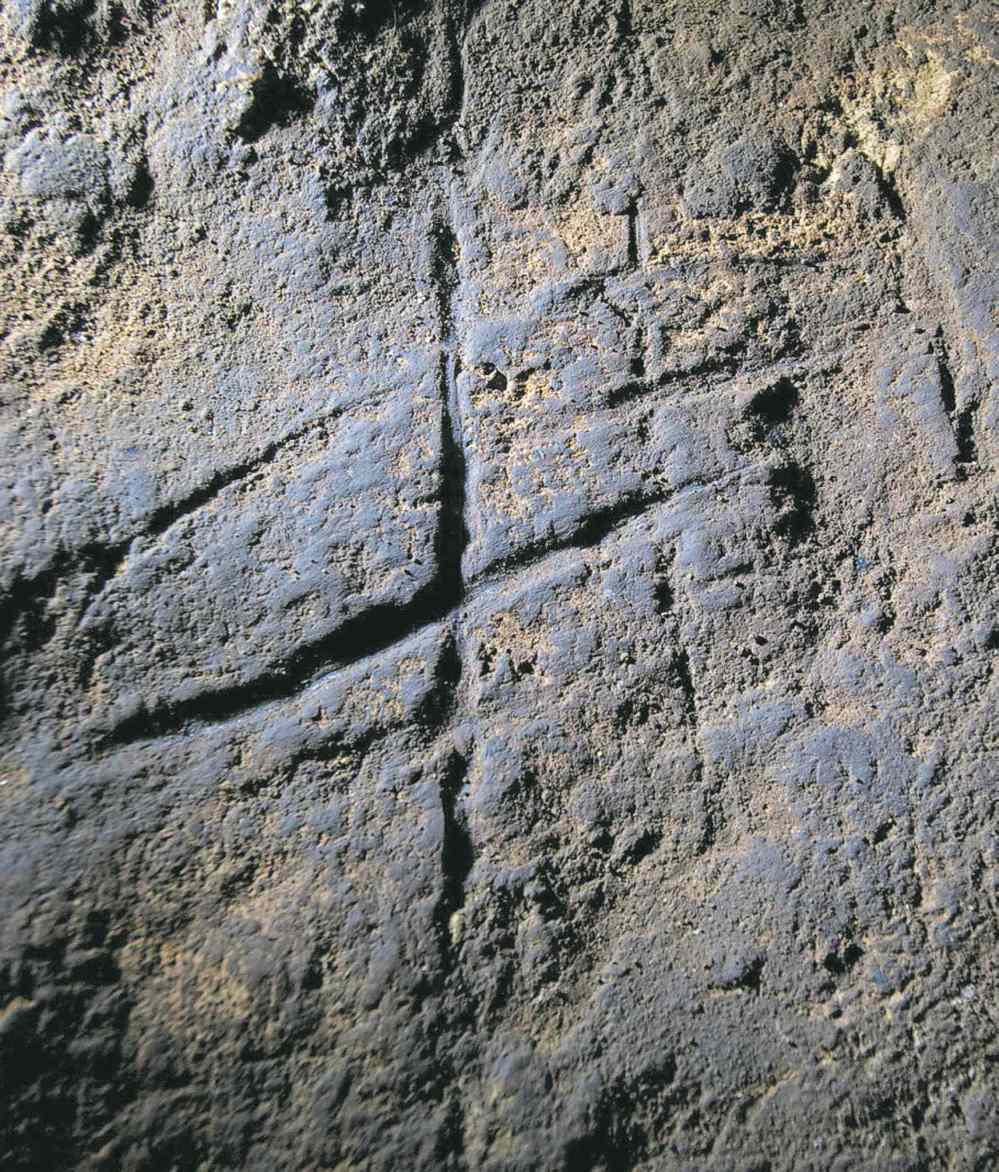Don’t dis the caveman
Neanderthals' reputation as brutish, dim undeserved
Advertisement
Read this article for free:
or
Already have an account? Log in here »
To continue reading, please subscribe:
Monthly Digital Subscription
$19 $0 for the first 4 weeks*
- Enjoy unlimited reading on winnipegfreepress.com
- Read the E-Edition, our digital replica newspaper
- Access News Break, our award-winning app
- Play interactive puzzles
*No charge for 4 weeks then billed as $19 every four weeks (new subscribers and qualified returning subscribers only). Cancel anytime.
Read unlimited articles for free today:
or
Already have an account? Log in here »
Hey there, time traveller!
This article was published 23/01/2015 (3384 days ago), so information in it may no longer be current.
Maybe it’s their famously protruding brow ridge or perhaps it’s the now-discredited notion that they were primitive scavengers too dumb to use language or symbolism, but somehow Neanderthals picked up a reputation as brutish, dim and mannerless cretins.
Yet the latest research on the history and habits of Neanderthals suggests that such portrayals of them are undeserved. It turns out Neanderthals were capable hunters who used tools and probably had some semblance of culture, and the DNA record shows if you trace your ancestry to Europe or Asia, chances are very good you have some Neanderthal DNA in your own genome.
The bad rap began when the first Neanderthal skull was discovered around 1850 in Germany, says Paola Villa, an archaeologist at the University of Colorado. “The morphological features of these skulls — big eyebrows, no chin — led to the idea that they were very different from us, and therefore inferior,” she says. While the majority of archaeologists no longer believe this, she says, the idea that Neanderthals were inferior, brutish or stupid remains in popular culture.

Neanderthals first appeared in Europe and western Asia between 300,000 and 400,000 years ago. They are our closest (extinct) relative, and their species survived until 30,000 to 40,000 years ago, when they vanish from the fossil record, says Svante Paabo, director of the Max Planck Institute of Evolutionary Anthropology in Leipzig, Germany. Why these relatives of ours thrived for so long and then ended their long, successful run about the same time modern humans began to spread remains a point of debate.
One theory holds Neanderthals went extinct because they were inferior to the modern humans they encountered. But in a paper published in PLOS One last year, Villa and Wil Roebroeks, an archaeologist at Leiden University in the Netherlands, conclude a comparison of Neanderthals and modern humans doesn’t support what they call the “modern superiority complex,” or the notion Neanderthal were inherently inferior to the modern humans who overlapped with them.
Compared with humans today, Neanderthals were shorter, stockier and heavier built, with bigger bulges on their bones where muscles attach. But there’s no reason to think that they were dumb, Villa says. Their brains were slightly larger than ours, and archaeological sites have turned up evidence Neanderthals used personal ornaments including bird feathers, claws and shells smeared with ochre. The use of such ornaments supports the idea Neanderthals were capable of symbolism and abstract thought, Villa says.
Some of them may have been artists. In September, a research team working in Gibraltar (a British colony at the southern end of Spain) published a description of a rock engraving found in a cave that they say is the first known example of Neanderthal art. The engraving consists of multiple crossed lines that were created, the researchers write, “by repeatedly and carefully passing a pointed lithic [stone] tool into the grooves, excluding the possibility of an unintentional or utilitarian origin.” The engraving, the researchers say, demonstrates a Neanderthal capacity for abstract thought and expression.
Twisted fibres found on stone tools at another French site suggest Neanderthals knew how to make string or cordage, and six stone arrowheads recovered there imply that they also used complex projectile techniques — tasks that would require advanced thinking.
Starting about 200,000 years ago, Villa says, European Neanderthals used tools made with pitch, a glue material that doesn’t occur naturally but must be synthesized from tree bark. Modern experiments show that producing pitch with the resources available to Neanderthals requires a high degree of technical knowledge.
Once thought to be scavengers incapable of hunting, they actually were accomplished big-game stalkers who thrived by hunting a wide range of animals in a variety of environments, the latest research shows.
The advent of advanced DNA technology has added a rich new layer to our understanding of Neanderthals and their relationship to us. In 2010, Paabo, who heads the Neanderthal Genome Project, and a large group of colleagues published the first draft of the Neanderthal genome, and in early 2014 another research team presented genome sequences from DNA extracted from the toe bone of a Neanderthal fossil found in Siberia.
“Neanderthals are the closest evolutionary relatives to present-day people,” Paabo says, and the DNA evidence shows that some of our ancestors didn’t just overlap in time with the Neanderthals, they also bred with them.

“It’s quite clear that Neanderthals have mixed with modern humans,” Paabo says, contributing on the order of one to two per cent of the DNA found in people living today who trace their roots to Europe or Asia.
In March, a team that included Paabo published further DNA findings suggesting that human-Neanderthal intermixing may have decreased fertility in male Neanderthals, perhaps contributing to their disappearance. Given the timing, it seems reasonable to guess that Neanderthal’s extinction may have had something to do with the arrival of modern humans, Paabo says, but it’s not clear whether modern humans killed them off or simply outdid them in the competition for habitat.
One thing is clear: Neanderthals never entirely vanished. “They live on a little bit in people today,” Paabo says.
— Special to the Washington Post


